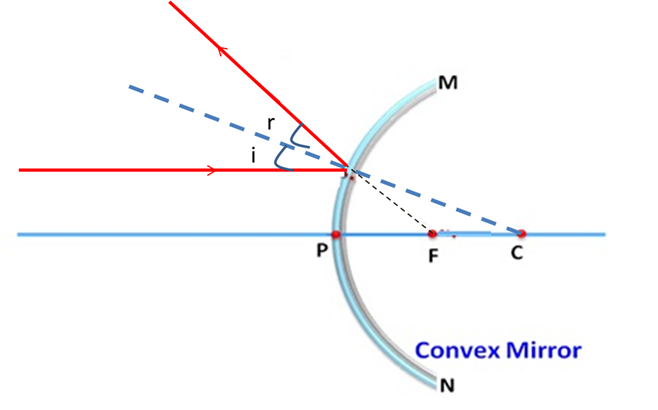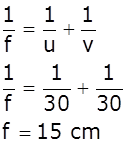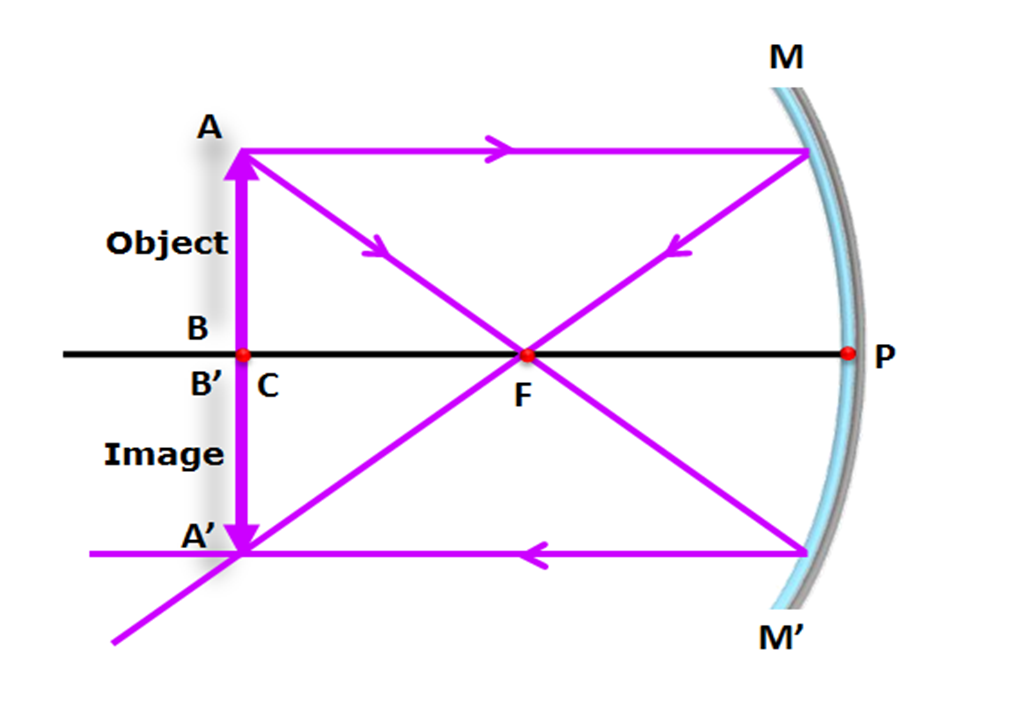Science:2014:CBSE:[Delhi]:Set–III
To Access the full content, Please Purchase
-
Q1
Write any one difference in the electronic configurations of group-1 and group-2 elements?
Marks:1View AnswerAnswer:
Ans.The number of valence electrons of group-1 elements is 1 and that of group-2 elements is 2.
Valence Shell Electronic Configuration of Group 1- ns1
Valence Shell Electronic Configuration of Group 2- ns2
-
Q2
Write the contribution of Charles Darwin in the field of ‘evolution’.
Marks:1View AnswerAnswer:
Charles Darwin proposed the theory of evolution according to which, all life forms on earth have evolved from a common ancestor.
-
Q3
“We need to manage our resources.” List two reasons to justify this statement.
Marks:1View AnswerAnswer:
We need to manage our resources to:
a) reduce the exploitation of natural resources
b) make them available for our future generations, as they are available in limited quantity. -
Q4
List four modes of asexual reproduction other than fission in the living organisms.
Marks:2View AnswerAnswer:
The different modes of asexual reproduction other than fission in the living organisms are:
a) Regeneration
b) Budding
c) Fragmentation
d) Vegetative propagation -
Q5
Draw a ray diagram to show the path of the reflected ray corresponding to an incident ray which is directed parallel to the principal axis of a convex mirror. Mark on it, the angle of incidence and the angle of reflection.
Marks:2View AnswerAnswer:

In the figure, i shows angle of incident and r shows the angle of reflection. -
Q6
List two environment friendly practices or habits which need to be followed by every member of a family/community. Explain how these practices will support the “Save the environment” mission.
Marks:2View AnswerAnswer:
Two environment friendly practices which may help to save the environment are:
a) Dispose the biodegradable and non-biodegradable wastes into separate bins.
b) Use alternate sources of energy in order to reduce the dependence on fossil fuels and hence, the environmental pollution.
These practices will support the “save the environment” mission by keeping the environment clean and pollution free.
-
Q7
“Affluent lifestyle has a negative effect on the environment.” Justify this statement with the help of an example.
Marks:2View AnswerAnswer:
People are more focused on increasing their living standards these days. They require huge space for living, more household items (like furniture and electronics), personnel vehicles, etc. In order to fulfill the rising demands of people, natural resources are exploited.
• Increasing demand for timber and living space has led to deforestation.
• Excessive usage of air conditioners, refrigerators has increased the concentration of CFCs in the environment, which has led to the depletion of ozone layer.
• The choice of using personnel vehicles over public transports has increased air pollution and caused global warming.
• Excess use of groundwater leads to the depletion of water table, and as a result, there is a shortage of drinking water. -
Q8
"Our food grains such as wheat and rice, the vegetables and fruits and even meat are found to contain varying amounts of pesticide residues." State the reason to explain how and why it happens?
Marks:3View AnswerAnswer:
<span style="font-size:16.0pt;line-height:115%; font-family:" verdana","sans-serif";mso-fareast-font-family:"times="" new="" roman";="" mso-fareast-theme-font:minor-fareast;mso-bidi-font-family:"times="" mso-bidi-theme-font:minor-bidi;background:white;mso-ansi-language:en-us;="" mso-fareast-language:en-us;mso-bidi-language:ar-sa"="">To protect our crops from pests and diseases, a large number of pesticides are used. Some amount of these pesticides is washed down into the soil, while some enters in the water bodies. From the soil, plants absorb these pesticides along with water and minerals. From water bodies, these pesticides are taken up by the aquatic plants and animals. This is how these chemicals enter the food chain. Since these chemicals cannot decompose, they accumulate progressively at each trophic level. The concentration of pesticides increases as the food chain proceeds. This phenomenon of increase in the concentration of harmful chemicals with each step of the food chain is called biomagnification. That is why food grains, such as wheat and rice, vegetables, fruits and even meat are found to contain varying amounts of pesticide residue.
-
Q9
State the laws of refraction of light. If the speed of light in vacuum is 3 x 108 ms-1, find the speed of light in a medium of absolute refractive index 1.5.
Marks:3View AnswerAnswer:
Laws of Refraction:
First law of refraction:
If the light ray goes from medium-1 to medium-2, then the incident ray, the refracted ray and the normal to the interface of two media at the point of incidence, all lie in same plane.
Second law of refraction:
The ratio of the sine of the angle of incidence to the sine of the angle of refraction is constant for the pair of media in contact. This is also known as Snell’s law. Mathematically,

If the light ray goes from medium-1 to medium-2, then the refractive index of medium-1 with respect to medium-2 is given as:
Here, v1 and v2 are the speeds of light in medium-1 and medium-2 respectively.
Here, the speed of light in vacuum is given as 3 x 108 ms-1. Let
vm be the speed of light in the medium having refractive index 1.5.

-
Q10
A spherical mirror produces an image of magnification-1 on a screen placed at a distance of 30 cm from the pole of the mirror:
(i) Write the type of mirror in this case.
(ii) What is the focal length of the mirror?
(iii) What is the nature of the image formed?
(iv) Draw the ray diagram to show the image formation in this case.
Marks:3View AnswerAnswer:
(i) The mirror is concave.
(ii) In the given situation, the object is placed at the distance of 30 cm from the mirror and magnification is -1, so the object distance (u) is equal to the image distance (v).
Since, in the question, the screen is placed 30 cm from the mirror.
Therefore, image distance = object distance = 30cm.
From mirror formula,

(iii) The image formed is real and inverted and of the same size as that of the object.
(iv) As per the given condition, the ray diagram of the spherical mirror is shown below:



